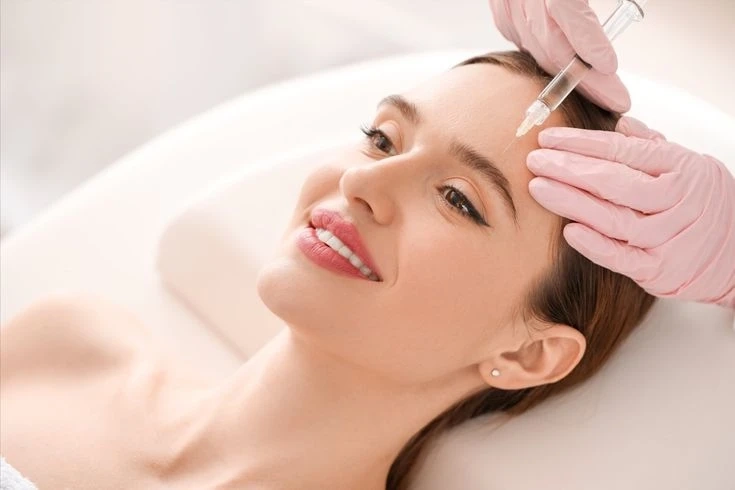Botox, scientifically known as botulinum toxin type A, has gained considerable attention not only in the realm of aesthetic medicine but also in therapeutic applications. This neurotoxic protein has revolutionized the way we approach beauty and health, providing solutions for both cosmetic enhancements and medical conditions. Understanding the science behind Botox in Dubai is essential for both patients and practitioners alike, as it underpins its effectiveness and safety.
The Origin of Botox:
Botox is derived from the bacterium Clostridium botulinum, known for producing a potent neurotoxin. This toxin, in low doses, has highly specific effects on nerve function. Although it is famously associated with food poisoning (botulism), its application in medicine is a testament to the careful calibration of dosage and administration. The origins of Botox trace back to the mid-20th century when researchers began investigating its potential therapeutic benefits. In the 1980s, ophthalmologists first adopted it to treat strabismus (crossed eyes), paving the way for its transformative role in cosmetic dermatology.
Mechanism of Action:
The primary action of Botox involves the inhibition of acetylcholine release at the neuromuscular junction. Acetylcholine is a neurotransmitter responsible for signaling muscle contractions. When Botox is injected into a specific muscle, the toxin binds to the presynaptic terminals, blocking the release of acetylcholine. Consequently, the targeted muscle experiences temporary paralysis or relaxation. This mechanism is what allows Botox to smooth out dynamic wrinkles and fine lines caused by repetitive muscle movements.
For example, when Botox is administered to the glabellar region (the area between the eyebrows), it effectively reduces the muscle activity responsible for frowning. As a result, patients see a decrease in the appearance of frown lines, commonly referred to as "11s." The effects of Botox typically manifest within a few days post-treatment and can last for three to six months, depending on individual metabolism and muscle activity.
Applications in Aesthetic Medicine:
Botox's most recognized use is in cosmetic applications. It has become a staple in the aesthetics industry, offering a non-surgical option for individuals seeking to reduce the signs of aging. Common treatment areas include:
Forehead lines: Smoothens horizontal lines that develop with age.Crow's feet: Reduces the appearance of wrinkles around the eyes.Bunny lines: Softens the lines that form on the nose when smiling or scrunching.Marionette lines: Alleviates the downturned appearance of the mouth.The appeal of Botox lies in its ability to improve appearance while maintaining a natural look, offering patients confidence without the need for invasive procedures.
Therapeutic Uses:
Beyond aesthetics, Botox has been adopted for numerous therapeutic conditions. Its efficacy in treating chronic migraines has garnered significant attention. By inhibiting muscle contractions and reducing nerve signal transmission, Botox can alleviate the frequency and severity of migraine attacks. Other medical applications include:
Hyperhidrosis: The treatment of excessive sweating.Cervical dystonia: A neurological disorder causing involuntary muscle contractions in the neck.Overactive bladder: Reducing urinary incontinence.Muscle spasticity: Relieving symptoms in conditions such as multiple sclerosis and cerebral palsy.These therapeutic applications exemplify the versatility of Botox, extending its benefits far beyond cosmetic use.
Safety and Considerations:
While Botox is generally considered safe when administered by qualified professionals, it is essential for patients to be aware of potential side effects. Common side effects include localized pain, bruising, or swelling at the injection site. More serious complications, though rare, can occur, such as ptosis (drooping eyelids) and allergic reactions. It is crucial for patients to consult with a licensed and experienced practitioner to ensure a thorough assessment and to discuss their medical history.
Conclusion!
Understanding Botox and its underlying science elucidates why it has become a transformative tool in both aesthetic and medical fields. Its nuanced mechanism of action allows for precise treatment of unwanted expressions and medical disorders alike. As ongoing research continues to unveil its potential, Botox remains a testament to the intersection of science and beauty, helping individuals enhance their quality of life while fostering confidence in their appearance. Whether for cosmetic or therapeutic purposes, a comprehensive understanding of Botox empowers individuals to make informed decisions about their treatment options.



